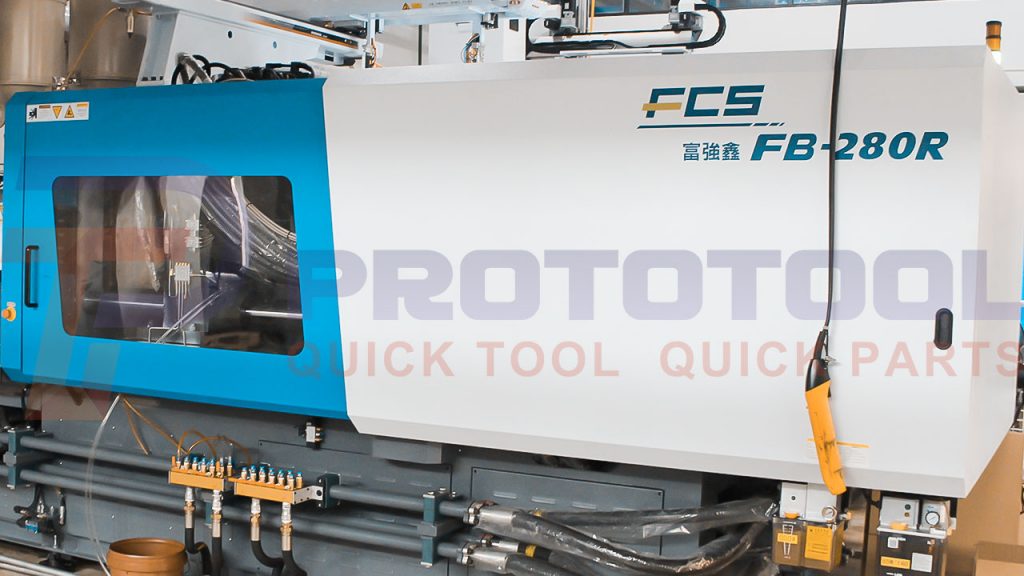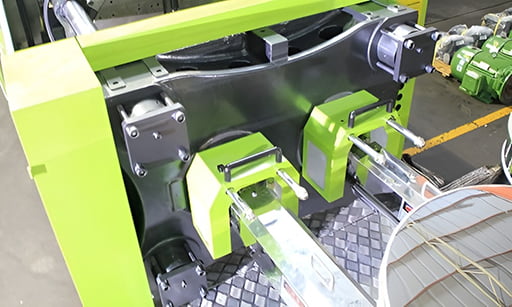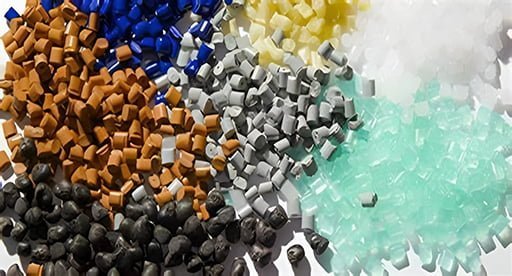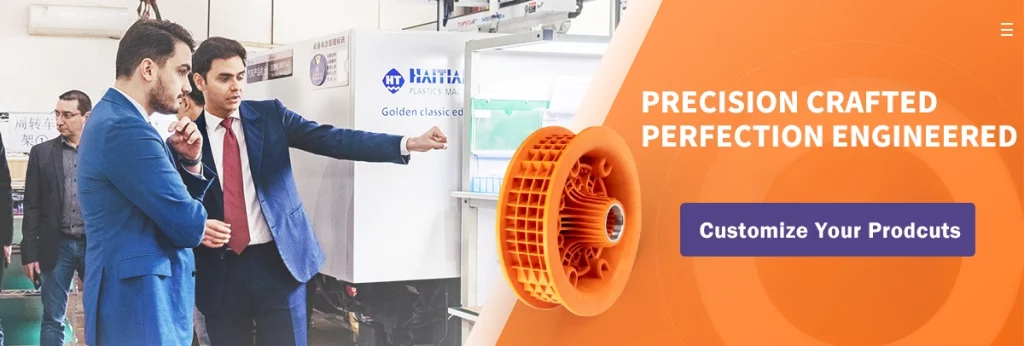Do you need to manufacture plastic and rubber products for your business? Manufacturing products of different kinds are best managed when you know the production processes and which process meets your production requirements. Today, injection molding companies offer a wide range of production services, including injection molding. But how do you know which production process is ideal for manufacturing the products as per your business and target market requirements? It cannot be easy to make the right manufacturing process decision at a time like this. Don’t worry; we have you covered with our detailed guidelines on the 2k or two-color injection molding process.

At the end of this detailed guide, you will be able to evaluate what is two-color injection molding, how 2k injection molding work, and whether the molding process meets your production demands or not. So without further ado, let’s go ahead and explore more about this manufacturing process in detail.
2k or Two-Color Injection Molding

Before diving into the details, let’s first explore a two-color injection molding process.
If you’re unfamiliar with this subcategory of the injection molding process, it won’t be wrong to say that it is an innovative production method. In this manufacturing process, two materials or colors are molded in one plastic part. The two-color injection molding machine is used to blend two materials/two different colored materials to create one plastic part.
A 2k injection molding or two-color injection molding process is conducted by a machine designed to perform the same task. This machine is only used to process two colors of plastic materials simultaneously. Two color injection molding process is considered a highly innovative manufacturing process. Compared to mainstream injection molding machines and processes, this molding process is an advanced technological solution. This innovative technology conducts a similar production process as a primary injection molding machine while producing more complicated molded plastic and rubber parts/products using two different materials.
A typical example of a product produced using the two-color injection molding method is a toothbrush. Furthermore, a wide range of products is manufactured using such machines, including:
- Electronic parts
- Power tools
- Household appliances
- Medical parts
- Toys
With the unique and complex designs and multicolored manufacturing of the products we use in our day-to-day lives, it is evident that almost all plastic products today are manufactured using a 2k injection molding machine. Furthermore, these machines also offer the flexibility of adding color and design uniqueness/variations to the plastic products manufactured using them.
Features of Two-Color Injection Molding Machine
The usage of two-color injection molding machines and their innovative technology that allows the production of complex materials is quite popular nowadays. In the production market, a 2k molding machine or two-color injection molding machine is quite commonly used for many products used in our everyday lives. As a result, many manufacturing and selling companies opt for this production method for different kinds of products.
While this means that the demand for such machines is at an all-time high, it doesn’t make the usage of such machines simple. On the contrary, the high demand for two-color plastic injection molding puts forth extensive requirements for mold design, manufacturing, and injection molding procedure. In simpler terms, these machines come with a slightly different and more efficient design and functioning structure that adds to their effectiveness in modern-day production processes.
Some features that portray the efficient two-color injection molding and design structure of such machines include:
· Molding:
The molding process in a 2k molding machine is quite similar to that of a primary injection molding machine. The only difference in such machines is that the convex/core side designed in such injection molding machines for both the positions/injection units is located and designed in the same pattern/position. In addition, for efficient two-color injection molding applications conducted through such machines, their concave/cavity side is designed to fit well with the convex/core side. Using a machine with such a molding structure, the production of molded parts is often tiny.
· Demolding:
The demolding mechanism involved in the two-color injection molding machine is ineffective during the first injection. Hence, when using such machines, the two-color molded item can only be demolded after the second injection.
· Gate System:
The structure, design, and work involved in a two-color injection molding machine are focused on managing everything in two orders/cycles. It is also designed with two gate systems that connect with each injection device/unit.
· Mold:
Lastly, the molding method in the two-color injection molding process should coordinate with one another in such machines. Hence, the size and accuracy of each guide device and machine mold should be consistent during their performance. In addition, the parallel turntable injection machine clamping height and the radios or rotation linked with the center of the two molds should be the same for both injection molding units designed in a 2k injection molding machine.
Material Selection for 2K Injection Molding
Once you understand the concept, design, features, and working of a two-color injection molding machine, it may be easier to understand whether your production needs are fulfilled with this production method or not.

But once you do figure that out, what’s next? Even though a two-color plastic injection molding machine is an innovative manufacturing solution, it doesn’t work independently. Certain aspects of running this machine, ideally, i.e., choosing the suitable material during this molding process, are crucial to attaining efficient and quality results.
Usually, since the two-color injection molding machine is usually used to produce plastic products, you may think about using any kind of plastic for production. However, with different plastics, the chemical properties and compatibility also differ. These features of each plastic material make the result of a product completely different from one another. As a result, it will affect the bonding strength and effect involved in the two-color injection molding process.
Hence, to achieve the ideal production outcomes using the 2k molding machine, choosing the most suitable plastic material that fulfills your production and product quality demands is essential. Here are a few requirements you should consider when making material usage decisions:
- Select suitable substrate and covering materials during the two-color injection molding process
- Ensure that the difference in melting temperatures between the base and covering materials does not exceed 30-60°.
- The coefficients of thermal expansion (CTE) of the base and covering materials should be close.
- The shrinkage rates of the base and covering materials should be very close or similar.
- Avoid mixing or combining amorphous and semi-crystalline plastics.
- The base material’s HDT should be more outstanding.

Advantages and Disadvantages
Lastly, we can’t end this two-color injection molding guide without discussing this production method’s advantages and disadvantages. So without further, let’s explore the pros and cons of the 2k injection molding process.
Advantages:
In comparison to the traditional injection molding machines and processes, the two-color plastic injection molding process offers the following advantages:
- The mold in a two-color injection molding machine is designed to inject two resins comprising different properties and colors, producing a single two-colored plastic product. As a result, this feature helps in decreasing assembly and post-processing time.
- It reduces printing costs while improving the product’s aesthetic appeal.
- Not only does two-color injection molding provide anti-skid and improved friction, but the flexible resin material is more ergonomic and appealing.
- 2k injection molding products are of excellent quality. What adds to quality manufacturing is the simple control over product deformation and the fast molding cycle of the machine.
- The two-color plastic injection molding machine also saved supplies and cut expenditures. In such machines, the loss is 7% less than the waste/loss produced in an insert molding process. In addition, the production cost of using a two-color injection molding machine is 20%-30% less than the package injection molding process.
Disadvantages:
Some of the prominent disadvantages of using a two-color plastic injection molding machine include the following:
- The compatibility of two plastic types is a must-consider factor when using a two-color plastic injection molding machine. It is mainly because the different chemical properties of different plastics affect the bonding strength and the effect of the bonding surface created during the production process. Due to these properties, the plastic materials must be highly compatible when inserted into the injection units. This leaves space for only limited plastic material usage that has good compatibility.
- Since two different plastic materials are being used during the two-color injection molding and design process, there should remain a slight difference in the shrinking rate of both plastics during the production process. Once again, keeping up with this production requirement can be tricky, leaving space for only limited usage of plastic types to avoid the warping of the product after the plastics shrink.
That’s all to our detailed guide on two-color injection molding. If you have more questions about the process, contact our professionals!










